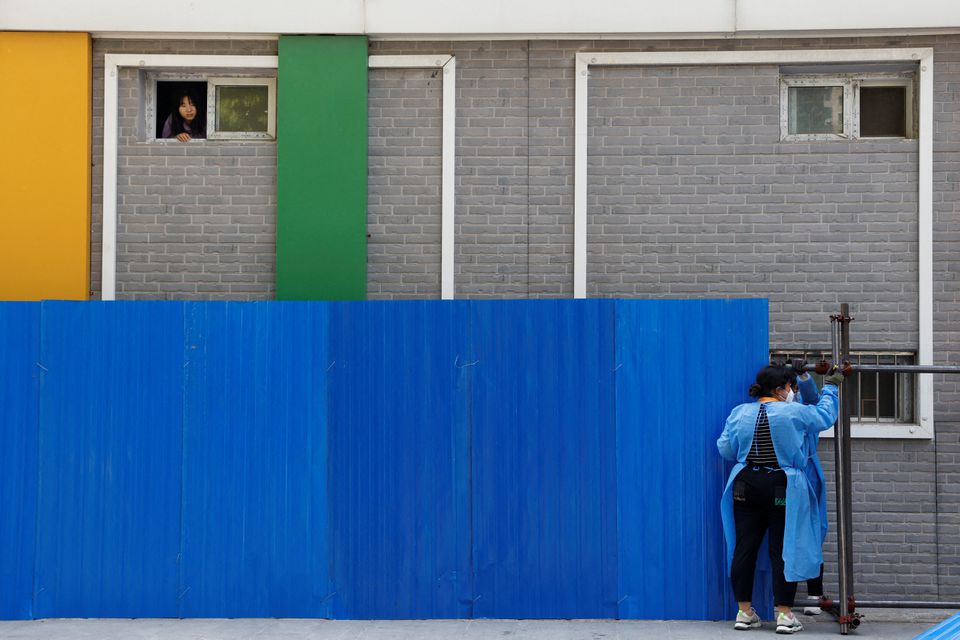Beijing shut scores of metro stations and bus routes and extended COVID-19 curbs on many public venues on Wednesday, focusing efforts to avoid the fate of Shanghai, where millions have been under strict lockdown for more than a month.
The central city of Zhengzhou earlier also announced restrictions, joining dozens of big population centres under some form of lockdown as China seeks to eliminate a virus believed to have first emerged in Wuhan city in late 2019.
But that uncompromising battle is undermining its growth and hurting international companies invested there, data shows, and has also fuelled rare public outbursts of discontent.
With dozens of new cases a day, Beijing is hoping mass testing will find and isolate the virus before it spreads. Twelve of 16 city districts held the second of three rounds of tests this week.
The city of 22 million on Wednesday shut more than 60 subway stations, about 15% of the network, and 158 bus routes, service providers said, most in the Chaoyang district at the epicentre of Beijing’s outbreak.
Beijing officials also said closures of schools, restaurants, gyms and entertainment venues – as well as some businesses and residential buildings – would extend beyond the April 30- May 4 Labour Day break, without giving a timeframe.
Residents were encouraged to work from home from Thursday, rather than return to offices where possible.
Late on Tuesday Zhengzhou, home to 12.6 million people and a factory of Apple’s iPhone manufacturer Foxconn, announced work-from-home and other COVID curbs for the coming week. Foxconn said on Wednesday it was continuing production there.
In Shanghai, meanwhile, a full lockdown remains in force.
After more than a month, most people in mainland China’s biggest city still cannot leave their housing compounds.
Some have benefited from a tentative easing of restrictions since Sunday, with usually just one member of a household allowed out for a stroll and grocery shopping.


